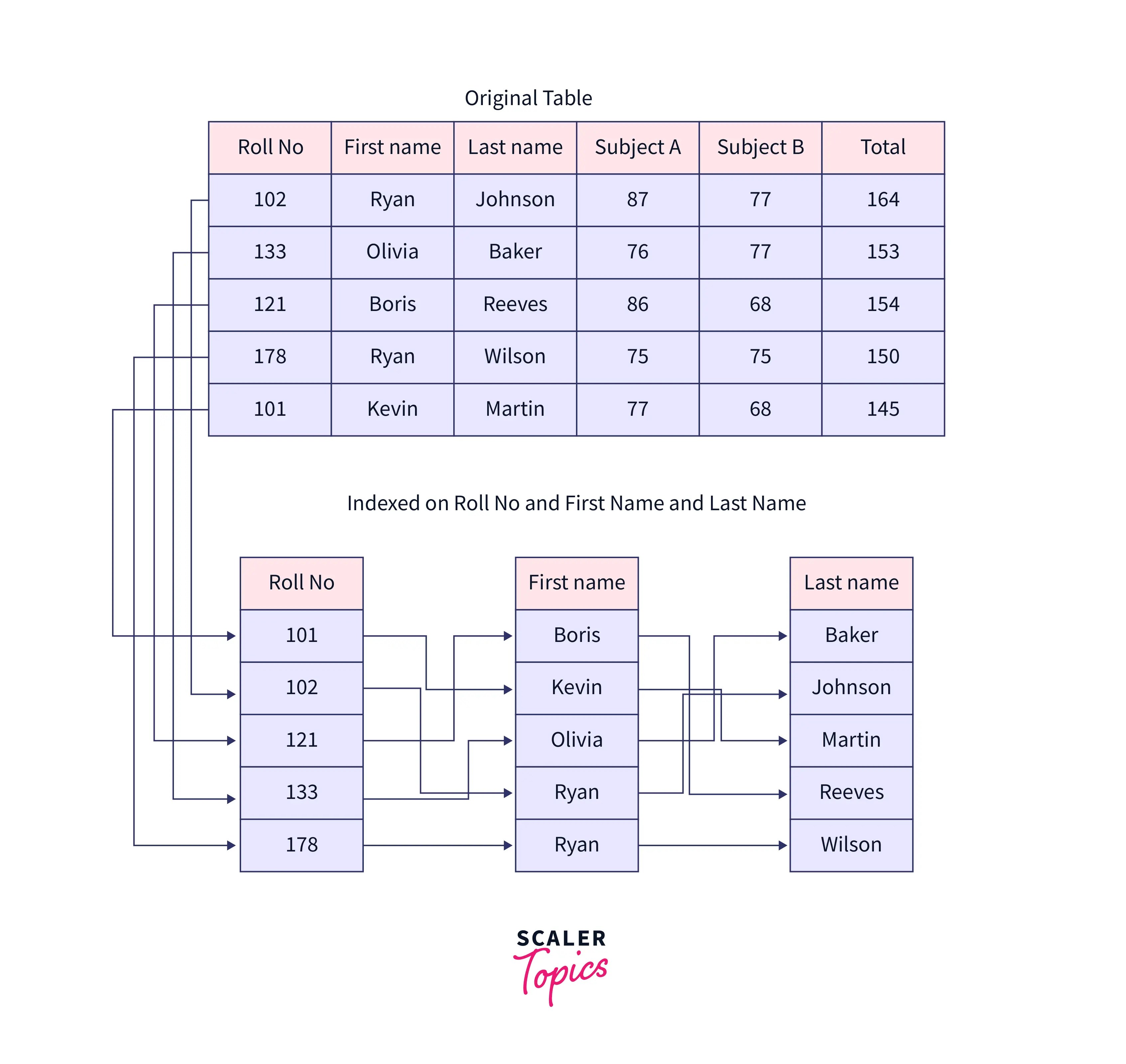Understanding The Concept Of Index: A Comprehensive Guide
In the vast world of information, the term "index" plays a crucial role in helping us navigate and organize data efficiently. From books to databases, an index serves as a roadmap, guiding users to find the content they seek quickly and accurately. As we delve deeper into the concept of an index, we will explore its various applications, significance, and the underlying principles that make it effective across different mediums.
Whether you are a student looking to streamline your research process or a professional aiming to enhance your data management skills, understanding how an index functions can greatly improve your efficiency. In this article, we will break down the intricacies of an index, providing insights and practical examples to illustrate its importance in everyday scenarios.
As we embark on this journey to unravel the complexities of indexing, we will address frequently asked questions, offer tips for creating effective indexes, and discuss the future of indexing in a rapidly evolving digital landscape. So, let's dive in and discover the fascinating world of indices!
What is an Index and Why is it Important?
An index, in its most fundamental form, is a systematic arrangement of information designed to aid in the retrieval of data. It can be found in various formats such as books, databases, websites, and more. The importance of an index cannot be overstated, as it enhances the user experience by allowing quick access to relevant information. Here are some key reasons why an index is crucial:
- Improves navigation through large volumes of information.
- Increases efficiency by reducing the time spent searching for specific content.
- Facilitates better organization of data, making it easier to understand and analyze.
- Enhances the overall user experience in both physical and digital mediums.
How is an Index Created?
Creating an index involves several steps that require careful planning and execution. Here’s a general overview of the process:
- Identify the content that needs indexing.
- Determine the key terms and concepts that will serve as index entries.
- Organize the entries alphabetically or thematically.
- Provide page numbers or links to direct users to the relevant sections.
- Review and revise the index for accuracy and completeness.
What are the Different Types of Indexes?
Indexes can be categorized into several types based on their application and structure. Here are some common types:
- Subject Index: Groups content based on specific subjects or topics.
- Author Index: Lists works by authors, often used in bibliographies.
- Keyword Index: Organized by keywords or phrases, commonly used in databases.
- Image Index: Provides references for images within a publication or database.
How Does an Index Benefit Research?
For researchers, an index is an invaluable tool that streamlines the process of gathering information. Here’s how an index can enhance research efforts:
- **Quick Access:** Researchers can easily locate relevant studies, articles, or data points.
- **Comprehensive Overview:** An index provides a holistic view of available literature on a specific topic.
- **Enhanced Organization:** Facilitates the categorization and comparison of research findings.
- **Time Efficiency:** Reduces the amount of time spent sifting through irrelevant material.
What is the Role of Indexing in Digital Content?
In the digital age, indexing has taken on new dimensions with the advent of search engines and online databases. The role of indexing in digital content includes:
- Search Engine Optimization (SEO): Proper indexing helps improve the visibility of content on search engines.
- Content Management: Facilitates the organization of vast amounts of online information.
- User Experience: Enhances the ease of navigation on websites, making it user-friendly.
Can You Create Your Own Index?
Yes, creating your own index is entirely feasible and can be tailored to your specific needs. Here’s how you can do it:
- Determine the scope of your content.
- Identify the key themes, topics, or terms.
- Use a consistent format for entries, including page numbers or links.
- Regularly update the index as new content is added.
What Challenges Are Associated with Indexing?
While indexing is beneficial, it also comes with its own set of challenges:
- Time-Consuming: Creating a comprehensive index can be a labor-intensive process.
- Subjectivity: Deciding what to include can be subjective, leading to potential bias.
- Maintenance: Indexes require regular updates to remain relevant and accurate.
How is Indexing Evolving in the Digital Era?
As technology continues to advance, so does the field of indexing. The evolution of indexing in the digital era is marked by:
- Automation: The use of software and algorithms to create and update indexes.
- Artificial Intelligence: AI-driven indexing that enhances search accuracy and user experience.
- Dynamic Content: Indexes that adapt to changes in real-time, providing up-to-date information.
Conclusion: The Future of Indexing
In conclusion, the concept of an index is integral to effective information retrieval and management. As we navigate through an ever-increasing amount of data, understanding and utilizing indexes will be essential for researchers, professionals, and everyday users alike. The future of indexing promises to be even more dynamic and user-centric, driven by technological advancements that will enhance our ability to access and organize information efficiently.
Unveiling The Mystery: Gypsy Rose Blanchard Crime Photos
Unveiling The Allure Of Camilla Araujo: A Dive Into Her OnlyFans Video
Unraveling The Mystery: Gypsy Rose And Dee Dee Crime Scene Photos


